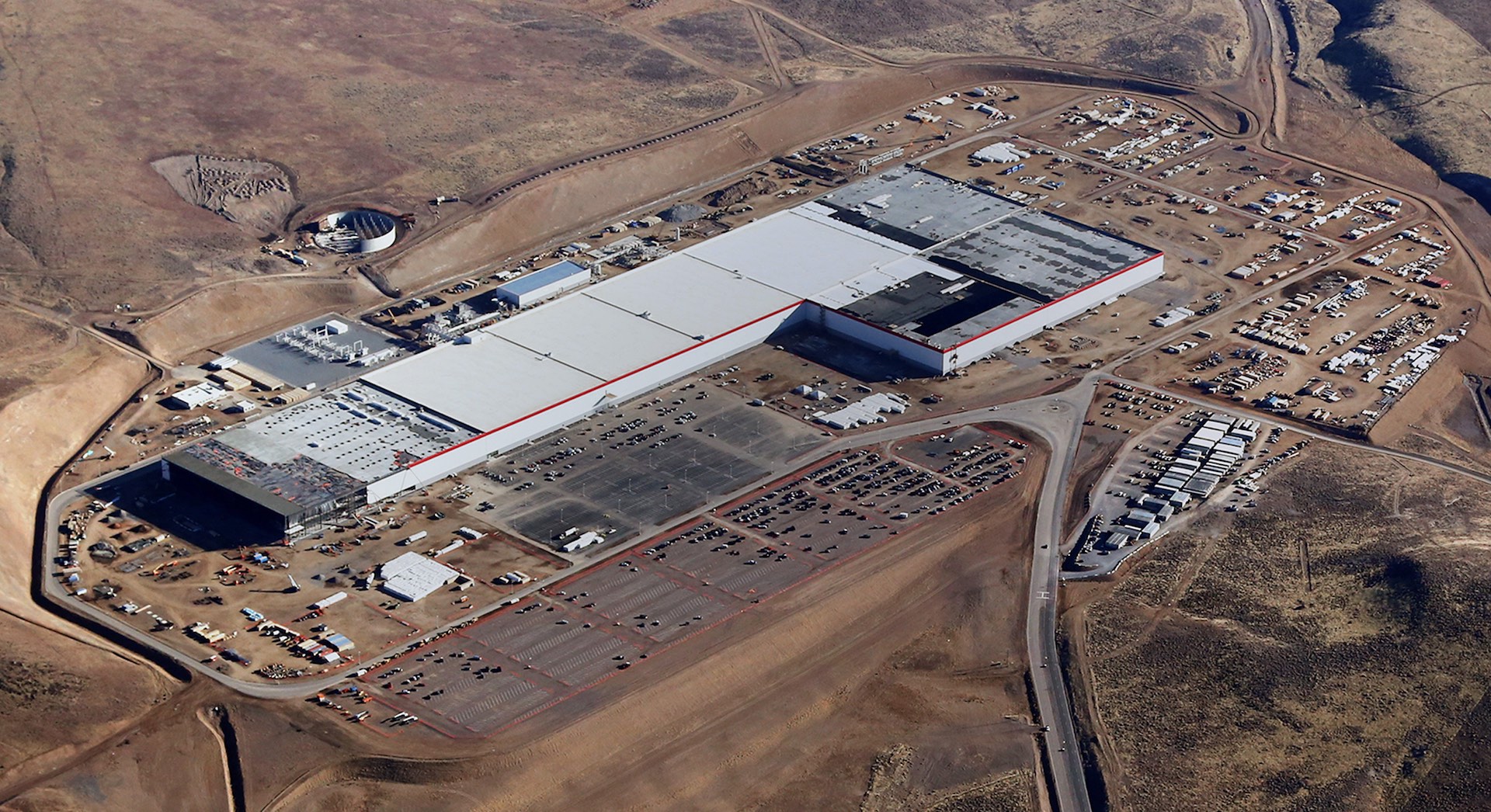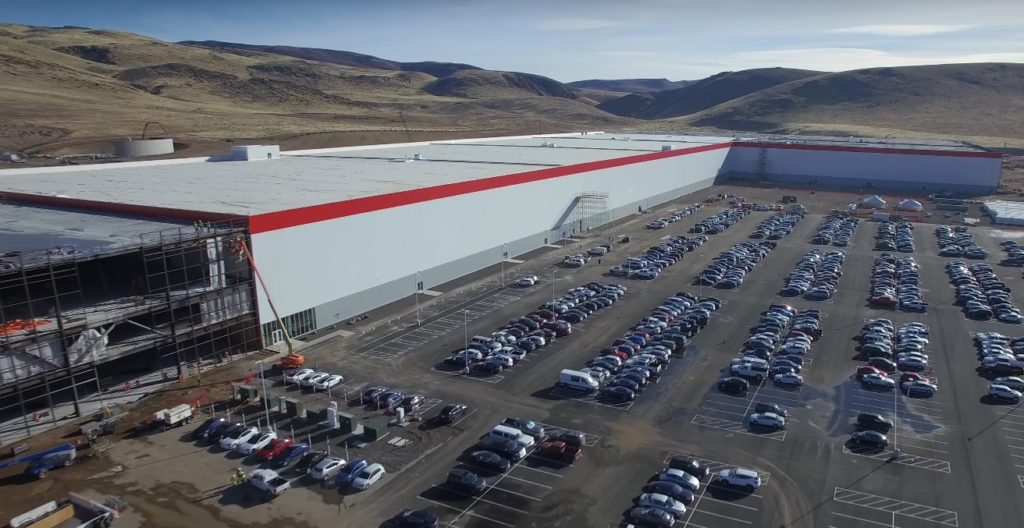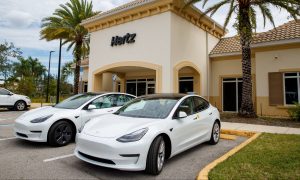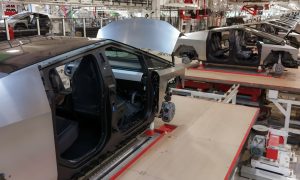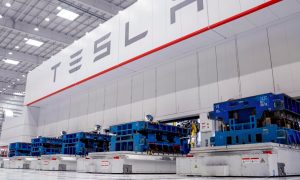Tesla announced today that it has begun mass production of lithium-ion battery cells to be used in the company’s line of energy storage products and the much anticipated Model 3 sedan, from its Gigafactory battery plant in Sparks, Nevada.
A tour of Tesla’s Gigafactory last summer showed that the company was already building high performance ‘2170’ battery cells in conjunction with strategic partner Panasonic from the $5 billion battery facility. The new cell format, 21 millimeters in diameter and 70 millimeters long, provides significant improvements in energy density over the more traditional 18650 cells currently being used on its fleet of vehicles.
“The high performance cylindrical “2170 cell” was jointly designed and engineered by Tesla and Panasonic to offer the best performance at the lowest production cost in an optimal form factor for both electric vehicles and energy products.” says Tesla through a press release.
"we're Ludicrously aggressive" with our battery production. "Robot colleagues" move material across #Gigafactory. pic.twitter.com/Lg05BEtLxB
— TESLARATI (@Teslarati) July 30, 2016
Inline with our recent report that the Gigafactory has completed construction on new sections on the north and south ends of the main building – as seen through a drone flyover video – and effectively doubling the size of the plant, Tesla announced through today’s press release that its current structure is nearly 30 percent done.
“Already, the current structure has a footprint of 1.9 million square feet, which houses 4.9 million square feet of operational space across several floors.” says Tesla, adding, “we are still less than 30 percent done. Once complete, we expect the Gigafactory to be the biggest building in the world.”
Tesla is taking a phased approach with building out additional sections at the Gigafactory so that Panasonic and other partners operating within the facility can begin manufacturing immediately inside completed areas. The process will allow the company to maintain a high level of efficiency as it learns from the build-out of each zone, and improve on its “construction and operational techniques” in an effort to ultimately drive down the cost of energy storage.
“With the Gigafactory online and ramping up production, our cost of battery cells will significantly decline due to increasing automation and process design to enhance yield, lowered capital investment per Wh of production, the simple optimization of locating most manufacturing processes under one roof, and economies of scale. By bringing down the cost of batteries, we can make our products available to more and more people, allowing us to make the biggest possible impact on transitioning the world to sustainable energy.”
With nearly 400,000 reservations placed on Tesla’s upcoming mass market Model 3, which the company says through its website will see first deliveries beginning at the end of this year, mass production of 2170 battery cells couldn’t be more important. Tesla will likely provide additional insight on Model 3 progress as it closes the first quarter and begins production on vehicle components including the battery pack for its affordable long-range electric car.

